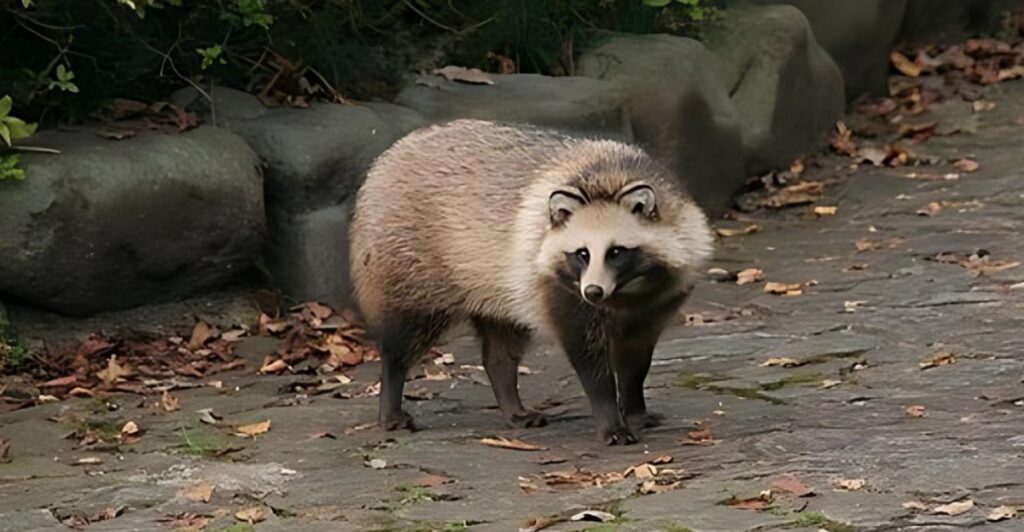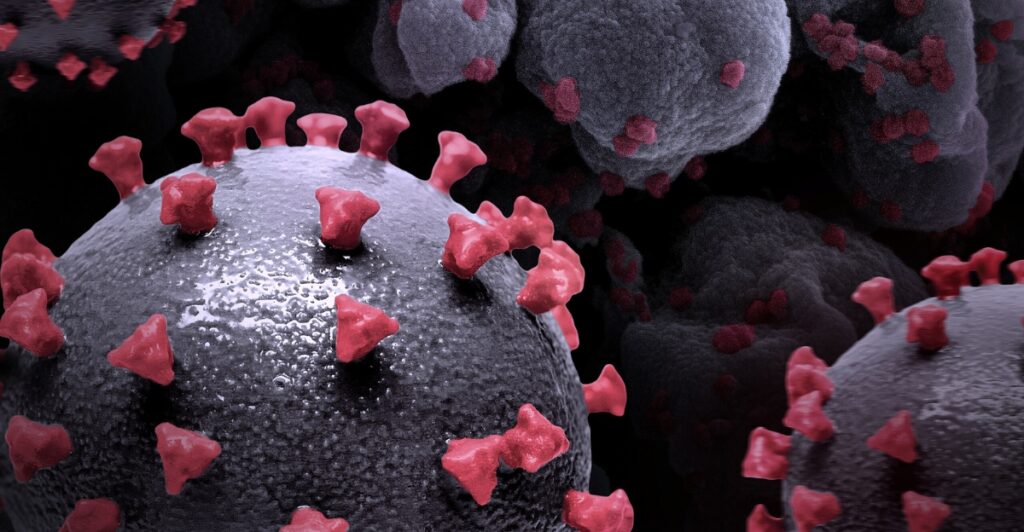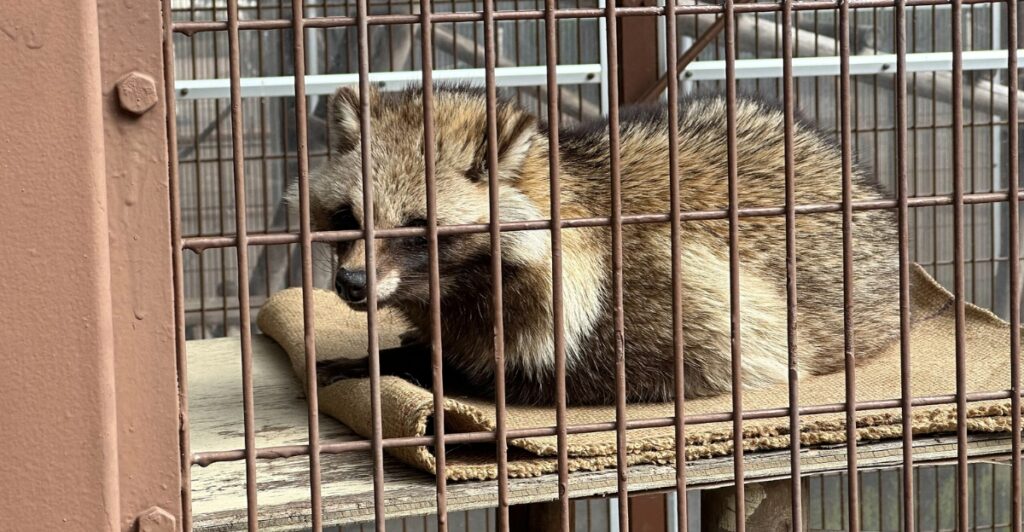
A new study published in the journal Cell has revived the debate about the origins of the COVID-19 pandemic. It points to the Huanan Seafood Wholesale Market in Wuhan, China, as the epicenter of the initial outbreak. Among the market’s array of exotic animals, raccoon dogs—a fox-like species known to be susceptible to SARS-CoV-2—emerge as central figures in this complex narrative. This revelation strengthens the argument that the virus likely spilled over from infected wildlife to humans in late 2019.
Raccoon Dogs and SARS-CoV-2
The research team, which includes experts like Michael Worobey and Angela Rasmussen, analyzed swabs collected from the Wuhan market in early 2020. Their findings revealed a compelling overlap of SARS-CoV-2 genetic material and DNA from raccoon dogs and other exotic animals, including masked palm civets and Himalayan marmots. These genetic traces were concentrated in the market’s southwest corner, particularly “Stall A,” where live animals were once sold.

While the study cannot definitively prove that raccoon dogs were infected, the presence of their genetic material alongside the virus strongly suggests they played a role. Kristian Andersen, a co-author and director of infectious disease genomics at the Scripps Research Institute, stated, “This doesn’t prove by any means that there were infected animals at the market, but we believe that to be by far the most likely hypothesis.”
The Timeline in Question
This new study adds weight to a hypothesis that has been debated since the pandemic’s onset—that wildlife was a breeding ground for viral spillover. By mapping genetic sequences, researchers found two slightly viral lineages present in the early outbreak, suggesting not one but possibly two spillover events.
These findings align with a timeline placing the outbreak’s beginnings in mid-November 2019. However, critics argue this timeline may be incomplete. Jamie Metzl, a fellow at the Atlantic Council, questions the methodology, pointing out that the Chinese authorities focused their sampling efforts on the market’s western side, potentially introducing bias. “It’s circular logic to say positive samples were concentrated where most of the sampling occurred,” Metzl said.

Controversy and Counterarguments
Skepticism persists about the market-origin theory, particularly among proponents of the lab-leak hypothesis, which suggests the virus may have accidentally escaped from the Wuhan Institute of Virology. Critics like Metzl argue that the genetic data lack direct evidence of infected animals and fail to rule out human-to-human transmission as the primary driver of early cases.
Additionally, Jesse Bloom, an evolutionary biologist, has noted that no specific mammal species correlates consistently with SARS-CoV-2 in collected samples, challenging the idea that raccoon dogs or other animals were the virus’s primary reservoir.
A Larger Picture Emerges
Despite these criticisms, the market-origin theory continues to gain traction. Worobey, a co-author of the study, emphasized that while the data is imperfect, it provides one of the clearest pictures of the pandemic’s origin. “We now have, with these genetic data and multiple other lines of evidence, a much richer record of what happened than we do for other major pandemics like HIV or the Spanish flu,” he said.

Key early cases of COVID-19 in Wuhan clustered near the market, even among people with no direct ties to it. This spatial clustering strengthens the hypothesis that the market was ground zero for the pandemic’s initial spread from person to person.
Raccoon Dogs in Context
Raccoon dogs, native to East Asia and bred for their fur, have long been known to harbor zoonotic diseases. Their role as a potential intermediary host drives home the risks of wildlife trade. Eddie Holmes, another co-author, captured photos of raccoon dogs in the market as early as 2014. These images depict the animals confined in cages stacked over drain grates—a setup ideal for cross-species viral transmission.
This scenario echoes warnings from virologists who have long cautioned against the dangers of wildlife markets, where exotic animals are placed and kept in close proximity to humans.

The Search for Certainty
Ultimately, while this study adds significant weight to the market-origin hypothesis, it leaves some questions unanswered. Researchers acknowledge that the absence of direct evidence—such as an infected raccoon dog—limits the conclusions that can be drawn. However, the circumstantial evidence presents a compelling case.
As debates over the pandemic’s origins continue, one fact remains clear: Understanding how SARS-CoV-2 emerged is critical to preventing future pandemics. The sale of live, exotic animals in densely populated urban areas represents a public health risk that demands global attention.
Resources:
- Cell: Genetic tracing of market wildlife and viruses at the epicenter of the COVID-19 pandemic
- NPR: New research points to raccoon dogs in Wuhan market as pandemic trigger. It’s controversial
- CNN: New analysis of samples from Wuhan animal market supports its role as a central site of early spread of Covid-19
Stay connected with us for more stories like this! Follow us to get the latest updates or hit the Follow button at the top of this article, and let us know what you think by leaving your feedback below. We’d love to hear from you!







